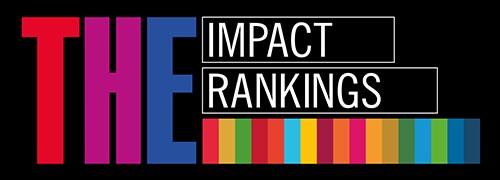Are food photos on social media making us eat more? RSU master’s student investigates
By Ieva Kaša, master’s student in the Nutrition Science programme at RSU
Social media has become an integral part of our daily lives. Recipes, information about both healthy and unhealthy foods, and various tips on how to lower body mass index (BMI) or improve daily habits are frequently featured. But when we look at photos of food on social media… do we end up eating more? I explored this question by looking at both international research and by researching for my master’s thesis study titled “The Link Between Social Media Use and Eating Behaviour”.
The 2024 study involved 333 participants from Latvia, aged 18 and over. Of these, 93% were women. They completed an online survey, shared via Facebook and Instagram, which included approximately 30 questions about their social media use and its relationship to their eating habits.
In the study, I concluded that we use social media to search for new recipe ideas, incorporate food products we see online into our diets, and even change our perceptions of certain foods. Notably, photos of meals and food can influence our appetite prompting us to continue snacking even when we are already full. Prolonged browsing of social media content may also lead to an increase in appetite.
 Photo: Courtesy of Shutterstock.com
Photo: Courtesy of Shutterstock.com
Planning dinners based on social media
Food-related content on social media is highly diverse and continues to grow in popularity. According to global statistics, in 2022, nearly a third of all users in Europe reported using social media to discover new recipes, while 56% said they had prepared dishes that were trending on social media.1
The number of photos posted on Instagram with the hashtag #food rose from 800,000 in 2013 to nearly 250 million by 2018.² This seemingly simple habit of sharing food photos on social media has generated an enormous volume of online content. Posting images of meals has become a popular form of self-expression, with food choices often reflecting a person’s beliefs, passions, and personality. These images can also influence our decisions – for instance, when choosing a place to eat out.
Based on the popularity of certain hashtags, the most frequently featured foods and products on social media include chocolate, cakes, pizza, sushi, burgers, coffee, and wine. Among berries, strawberries are the most popular.3
The highest proportion of unhealthy hashtags was found in Brazil, Argentina, and France. In contrast, the Netherlands had the greatest number of positive health-related hashtags, with 25 of the 50 most popular hashtags relating to health and fitness. Judging by the number of likes, posts with healthy hashtags tend to be more popular and receive greater recognition.4
In my study, I found encouraging results: more than half of the participants – 68% – do not judge the quality or health benefits of food based on the number of likes or shares. At the same time, participants revealed that seeing a food product on social media does influence their perception of that specific product.
Social media and health
Given the increasing role of social media, there is growing research interest in its impact on people’s eating habits and its potential to contribute to the development of eating disorders. Social media often encourages comparison with others and their choices, which can lead to anxiety about oneself and one’s eating habits.
The longer a person spends on social media, the more they may be influenced by the photos and posts about food. Teenagers are a particularly vulnerable group, as this is a critical period for forming views of the world and daily habits, including eating behaviours.
The food photos viewed can trigger feelings of hunger and an increased desire to eat, regardless of actual satiation. In my study, just under 50% of participants reported that images seen on social media make them want to eat. Using social media during meals can distract attention from the food itself, causing people to lose track of how much they have eaten. A quarter of respondents indicated they continue snacking while using social media, only realising how much they have eaten afterwards. Meanwhile, slightly more than a quarter reported forgetting that they were hungry while on social media.
References
1 Statista, 2023
2 Zhu, J., Jiang, L., Dou, W., & Liang, L. (2019). "Post, Eat, Change: The Effects of Posting Food Photos on Consumers’ Dining Experiences and Brand Evaluation." Journal of Interactive Marketing, 112
3 Mejova, Y., Abbar, S., & Haddadi, H. (2016). "Fetishizing food in digital age: #foodporn around the world." In Proceedings of the International AAAI Conference on Web and Social Media (Vol. 10, No. 1, pp. 250–258)
4 Mejova, Y., Abbar, S., & Haddadi, H. (2016). "Fetishizing food in digital age: #foodporn around the world." In Proceedings of the International AAAI Conference on Web and Social Media (Vol. 10, No. 1, pp. 250–258)
Source: LSM.lv
Related news
 RSU is growing and developing: major reconstruction underway in the main buildingDevelopment, For RSU Employees, For Students
RSU is growing and developing: major reconstruction underway in the main buildingDevelopment, For RSU Employees, For Students


